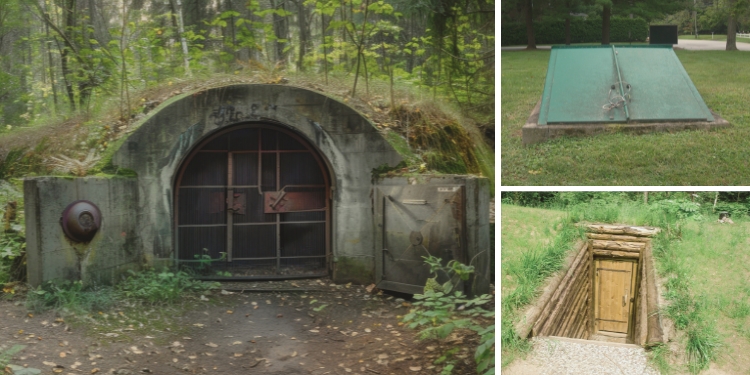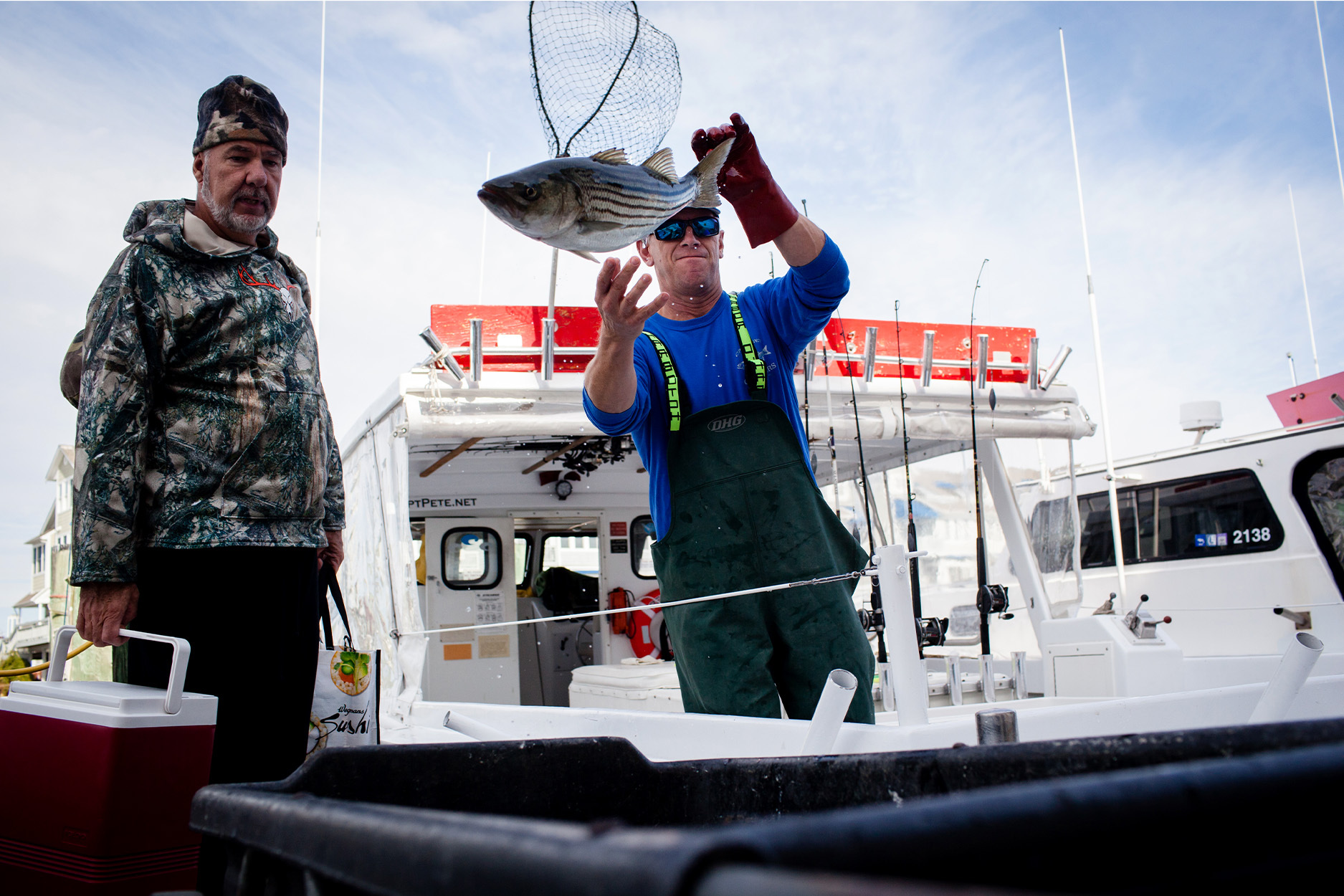Rock Bottom Meal Plan – Ask a Prepper
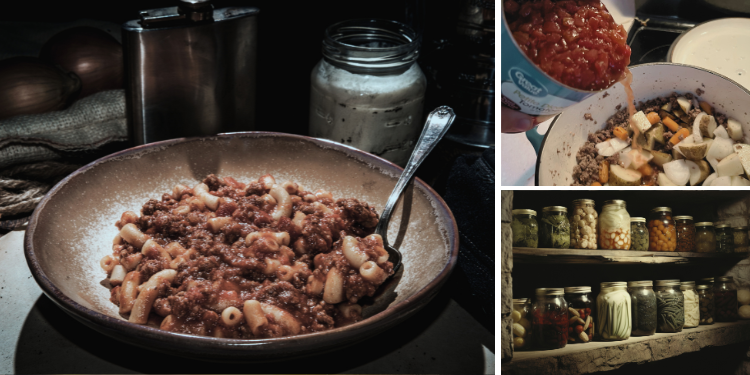
When hard times hit, and SHTF, food is often the first place where sacrifices have to be made. If the shelves go bare, money gets tight, or supplies run thin, having a “rock bottom” meal plan ready could mean the difference between survival and going hungry. We’re talking about feeding your family with the bare minimum – the kinds of meals that stretch the little you’ve got and keep everyone going until the worst of it blows over. In this guide, we’re diving into a practical meal plan with ingredients that are not only inexpensive but also long-lasting. Plus, we’ll look at ways to stretch those ingredients as far as they can go while keeping cooking fuel and equipment needs to an absolute minimum.
The Basics: Inexpensive, Long-Lasting Ingredients
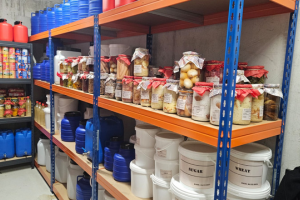 When planning a rock-bottom meal plan, it’s all about stocking up on cheap ingredients that can last. These are the staples that will help you get by without blowing your budget or worrying about food spoiling too quickly.
When planning a rock-bottom meal plan, it’s all about stocking up on cheap ingredients that can last. These are the staples that will help you get by without blowing your budget or worrying about food spoiling too quickly.
- Rice: Rice is cheap, versatile, and calorie-dense. A 20-pound bag can last for months if rationed properly. It also doesn’t require much fuel to cook—just boil until tender, which can be done even with minimal heat.
- Beans: Dried beans are inexpensive and high in protein. Yes, they take a while to cook, but soaking them overnight can reduce the cooking time and save on fuel.
- Oats: Not just for breakfast, oats can be used to make porridge, bread, or filler for other meals. They cook quickly and can be made with just boiling water.
- Pasta: Pasta is another filling staple that’s easy to cook and versatile. It can be paired with whatever sauces, spices, or canned goods you have on hand.
- Potatoes: Potatoes are affordable, filling, and can last for weeks if stored in a cool, dark place. They can be boiled, baked, or even cooked in the embers of a fire.
- Canned Goods: Canned vegetables, meat, and soups are lifesavers when fresh food isn’t an option. They’re already cooked, which means less energy is needed to heat them.
- Flour: Flour is essential for making bread, tortillas, or dumplings. If you have some yeast or baking powder, you can turn flour into something filling and satisfying with very little.
- Cooking Oil: A small amount of cooking oil goes a long way. It adds much-needed calories and flavor, and helps with cooking almost anything.
You can find a more comprehensive list in a guide that includes the only food you need to stockpile and it also contains a meal-by-meal rationing plan to make sure you are not only getting around 2,200 calories a day but also the vital protein, fat, and other nutrients that will keep you healthy in the long run.
Meal Plan Basics: Stretching What You Have
The goal with a rock bottom meal plan is to stretch every single ingredient. Waste is not an option, and each meal needs to work for you as hard as possible. Here’s a sample plan using the ingredients mentioned above, aimed at keeping your family fed with the least amount of resources.
Day 1
Breakfast: Oatmeal
- Cook oats in water and add a pinch of salt. If you have a sweetener or dried fruit, add it in to make it more palatable.
Lunch: Rice and Beans
- Cook a pot of rice and mix it with cooked beans. Add any spices you have available—even salt and pepper can make a big difference.
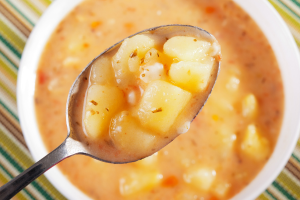 Dinner: Potato Soup
Dinner: Potato Soup
- Dice potatoes and cook in water until soft. Add any canned vegetables you have to bulk it up. If you’ve got a bouillon cube, throw it in for extra flavor.
Day 2
Breakfast: Flatbread
- Mix flour and water to create a dough, then cook in a hot pan until browned on both sides. If you have a bit of oil, use it to prevent sticking.
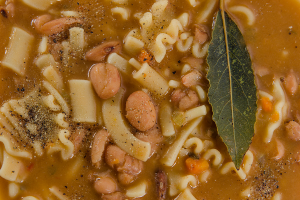 Lunch: Pasta with Beans
Lunch: Pasta with Beans
- Cook pasta and mix with leftover beans from Day 1. Add oil or spices to improve the flavor. Beans provide protein while pasta fills you up.
Dinner: Fried Rice
- Use leftover rice from Day 1. Fry it up with a bit of oil, add any leftover vegetables or canned meat. If you’ve got an egg, scramble it in for extra protein.
Day 3
Breakfast: Potato Cakes
- Mash leftover potatoes and mix with a bit of flour. Form into patties and fry them in a pan. Simple and filling.
Lunch: Bean Soup
- Use leftover beans and add water to make a simple soup. Add spices or bouillon if you have it, and any leftover vegetables for extra nutrition.
Related: Instant Foods You Need to Stockpile Before They Disappear
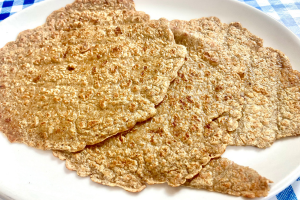 Dinner: Oatcakes
Dinner: Oatcakes
- Mix oats with a little flour and water, fry in a pan until golden. Serve with whatever topping you have—syrup, canned fruit, or just salt.
How to use everything in your pantry
If you don’t want to through out the window your hard-earned money, you really don’t want to waste any food. I found a lot of ingenious tips and tricks from this book that includes the Great Depression food that saved America, but also this simple to use techniques like these:
- Batch Cooking: Cook a large batch of beans or rice at the beginning of the week. Reheat portions as needed to save fuel and cooking time. Batch cooking allows you to spend less time and energy prepping meals every day.
- Reuse Cooking Water: Don’t throw away the water you used to cook beans or potatoes. It’s full of nutrients and can be used as a base for soups or to cook rice for added flavor.
- One-Pot Meals: Whenever possible, cook one-pot meals. They’re easier, require less cleanup, and help conserve cooking fuel.
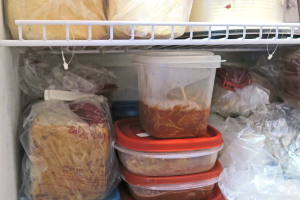 Use Leftovers Creatively: Get creative with leftovers. Leftover rice becomes fried rice, leftover beans turn into soup, and leftover potatoes can be mashed and fried. Reinventing leftovers keeps meals from getting boring while ensuring nothing goes to waste.
Use Leftovers Creatively: Get creative with leftovers. Leftover rice becomes fried rice, leftover beans turn into soup, and leftover potatoes can be mashed and fried. Reinventing leftovers keeps meals from getting boring while ensuring nothing goes to waste.- Cooking with Minimal Fuel: If fuel is limited, focus on foods that can be cooked with just boiling water or require little simmering. Soaking beans overnight reduces their cooking time, and rice can be parboiled in a small amount of water, then left to sit and steam with the lid on.
- Solar Cooking: If you have access to sunlight, consider using a makeshift solar cooker. A basic solar cooker can be made with aluminum foil and a cardboard box to slowly cook meals without using any fuel at all.
Emergency Substitutions
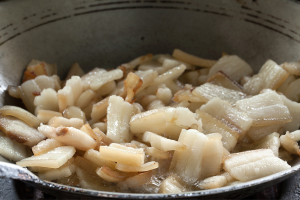
If you’re low on certain staples, here are some substitution tips to keep your meals on track:
- No Rice? Use pasta, oats, or potatoes instead. Each of these is filling and easy to cook.
- No Beans? Use lentils or split peas, which cook faster and still provide protein.
- No Cooking Oil? Render fat from any meat you have on hand or use canned butter. If you’re truly desperate, bacon grease can also work. Here is a great recipe if you want to make lard and tallow to use for cooking. It’s so good, my grandma used to eat it as is, on toast.
Scavenging and Bartering
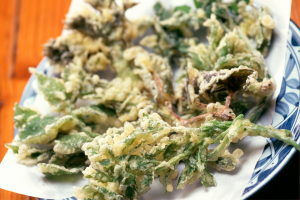
It’s not just about what you have in your pantry. Hard times might mean scouring your environment for food or bartering with neighbors. Consider these methods:
- Wild Edibles: If you live near wooded areas, get familiar with local wild edibles like dandelions, plantains, and acorns. They can be foraged and added to meals to stretch your food supply. This is a good place to learn what you can forage even in winter.
- Bartering: In a crisis, bartering can become a valuable skill. If you have extra flour but need oil, find a neighbor who’s willing to trade. Building a small network can help everyone involved.
The Power of Planning Ahead
Surviving on a rock bottom meal plan is a test of resourcefulness and resilience. The key is to plan ahead while things are still relatively stable. Stock up on inexpensive, long-lasting staples like rice, beans, and flour, and practice making simple meals that use minimal resources. Get comfortable with batch cooking, using leftovers, and improvising based on what you have available.
No one knows when the next crisis will hit or how severe it will be. We’ve all seen how quickly things can go south, and food security is one of the first things to get shaken. It’s not about living in fear—it’s about being prepared, using every ounce of knowledge we have to protect our families when the chips are down. Having a rock bottom meal plan isn’t just about food; it’s about peace of mind and survival.
You may also like:
 4 Prepper Mistakes That You Should Actually Make
4 Prepper Mistakes That You Should Actually Make
Canning Amish Poor Man’s Steak (Video)
Read This Before Buying Survival Medicine
How to Make Your House Invisible After SHTF
9 Survival Uses for a Blacklight
Read the full article here


